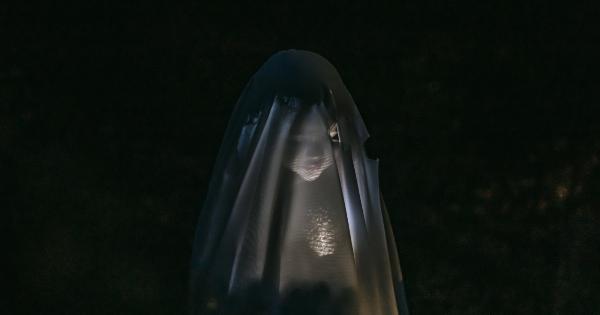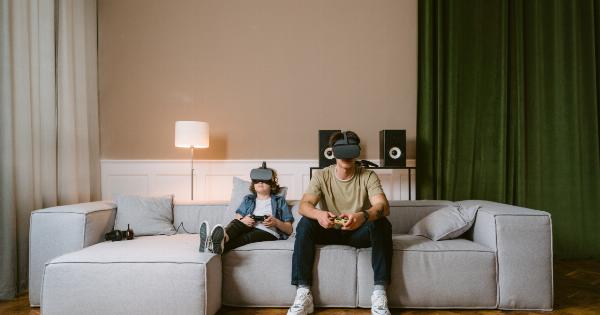It’s a truth universally acknowledged that today’s children have more access to technology than any generation before them.
With smartphones, tablets, and laptops at their fingertips, kids have access to all sorts of content, including the good, the bad, and the ugly.
While technology can offer incredible opportunities for education, entertainment, and communication, it can also expose kids to graphic, violent, and disturbing images.
Horror movies, images, and videos can have a profound effect on children and their mental health, experts warn.
Why Horror Images Are Harmful to Children?
Children have more difficulties than adults when it comes to processing images of violence and trauma. Their brains are still developing, which makes them more vulnerable to developing anxiety, PTSD, and other mental health disorders.
According to a study published by the Journal of the American Academy of Child & Adolescent Psychiatry, children who are exposed to violent media are at a higher risk of developing aggressive and disruptive behavior than those who aren’t.
There’s also evidence to suggest that watching horror movies, images, and videos can disrupt children’s sleep patterns, leading to nightmares, bedwetting, and other sleep-related issues.
The Importance of Positive Media Images for Children
While it’s important to restrict children’s access to violent and disturbing images, it’s equally important to provide them with positive media images.
Children require a diverse range of positive role models in order to develop strong self-esteem, empathy, and social skills.
Positive images can help children to develop a more positive self-image, which in turn can lead to better mental health outcomes in the long term.
These images can include positive representations of gender and race, images of people with disabilities, and images of different family structures.
How to Protect Your Children from Horror Images?
There are a number of strategies parents can adopt to protect their children from horror images. These include:.
- Screening the content children are exposed to. Parents can use parental control software to limit access to violent or disturbing imagery on the internet. They can also set strict guidelines around the TV shows, movies, and video games children are allowed to watch and play.
- Talking to children about the content they’re exposed to. Parents can help children understand the difference between fantasy and reality, and can talk to them about the potentially harmful effects of violent or graphic imagery.
- Helping children to find alternative forms of entertainment. Parents can encourage children to engage in physical activities, hobbies, or creative pursuits that don’t involve screens or technology.
- Monitoring children’s behavior. Parents can keep an eye on their children’s behavior for signs of anxiety, nightmares, or other stress-related symptoms. If they suspect their children may be viewing disturbing images, parents should take steps to limit their exposure.
The Takeaway
While it can be difficult to protect children from every harmful image or video they may come across, parents can take steps to limit their exposure and provide them with positive media images.
By doing so, parents can help children develop strong self-esteem, empathy, and social skills, and reduce the risk of long-term mental health disorders such as anxiety and PTSD.































